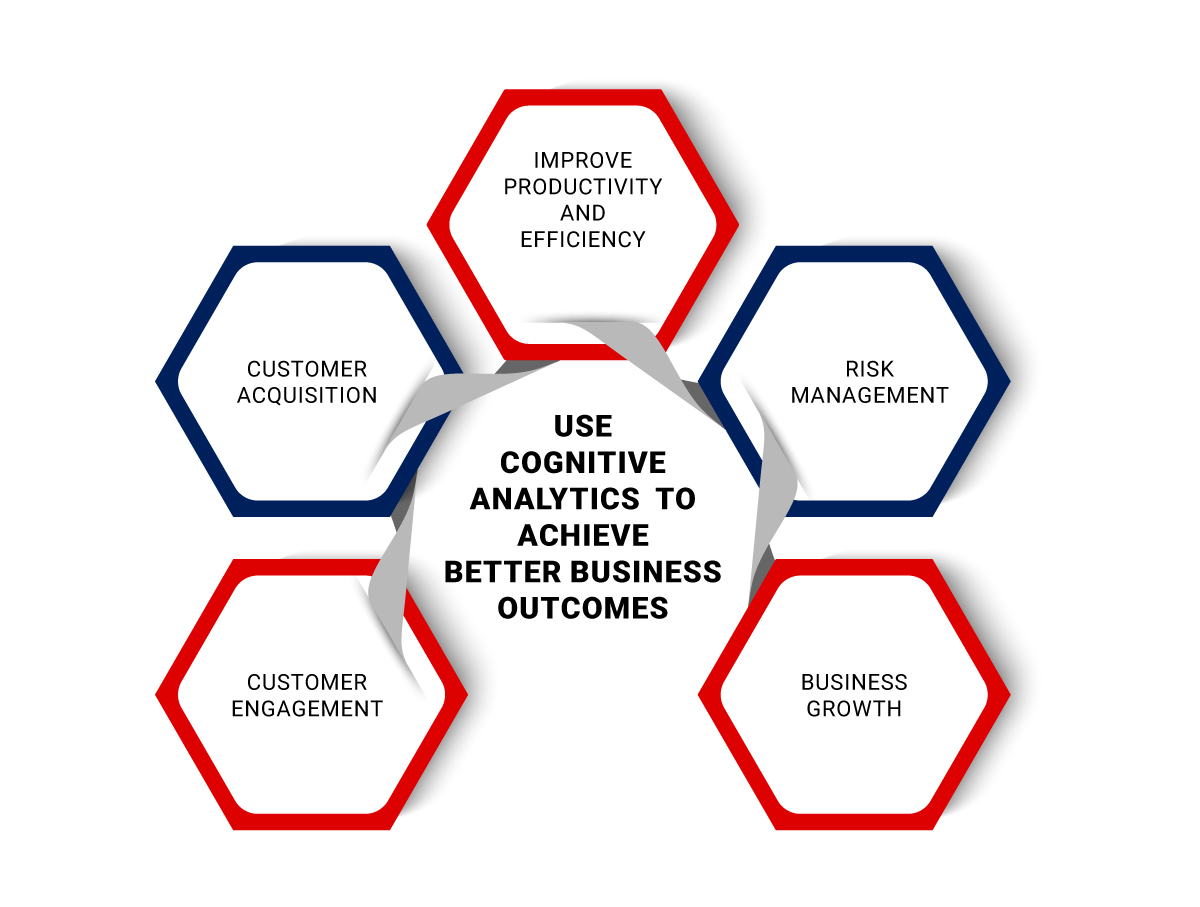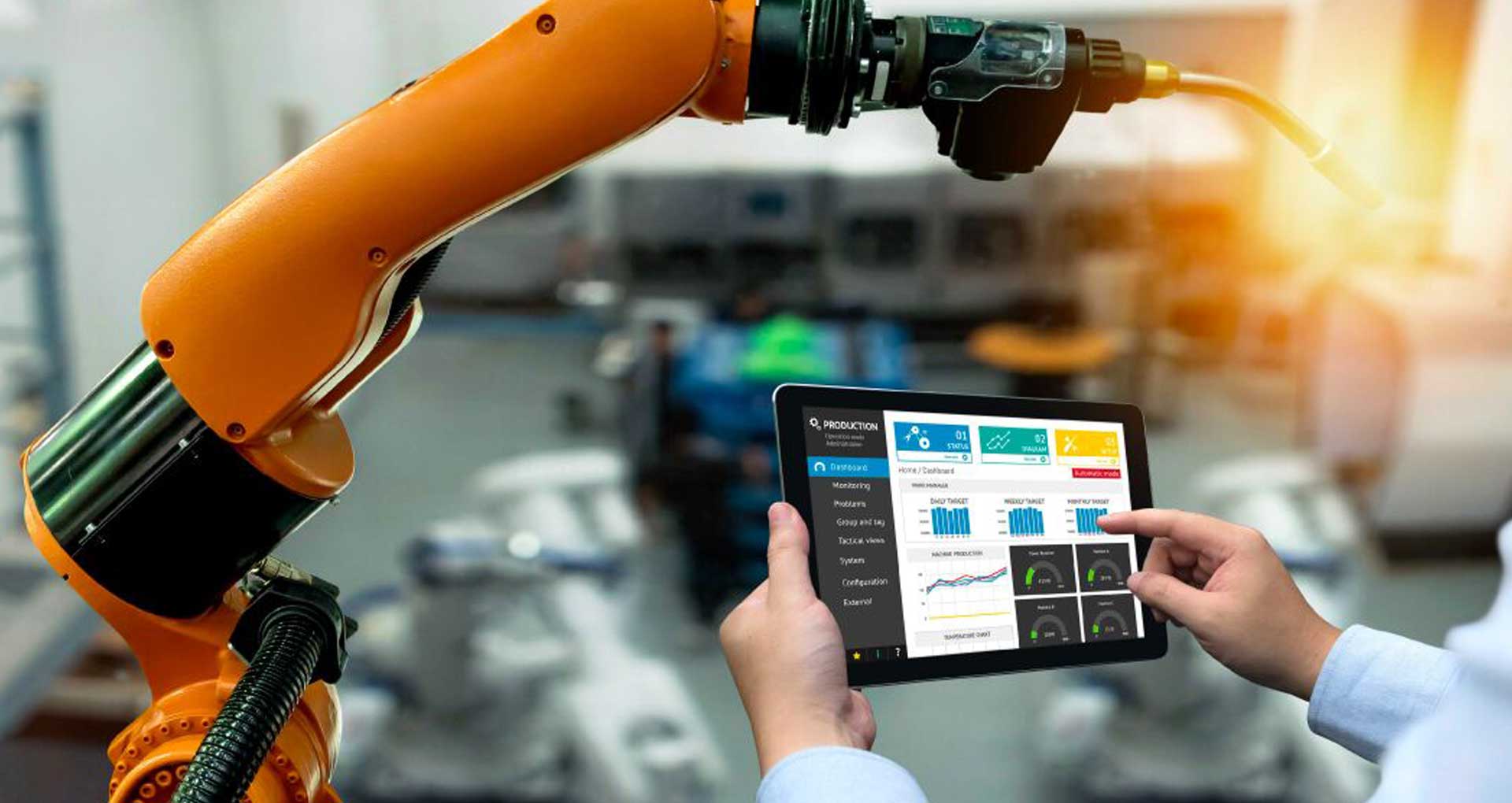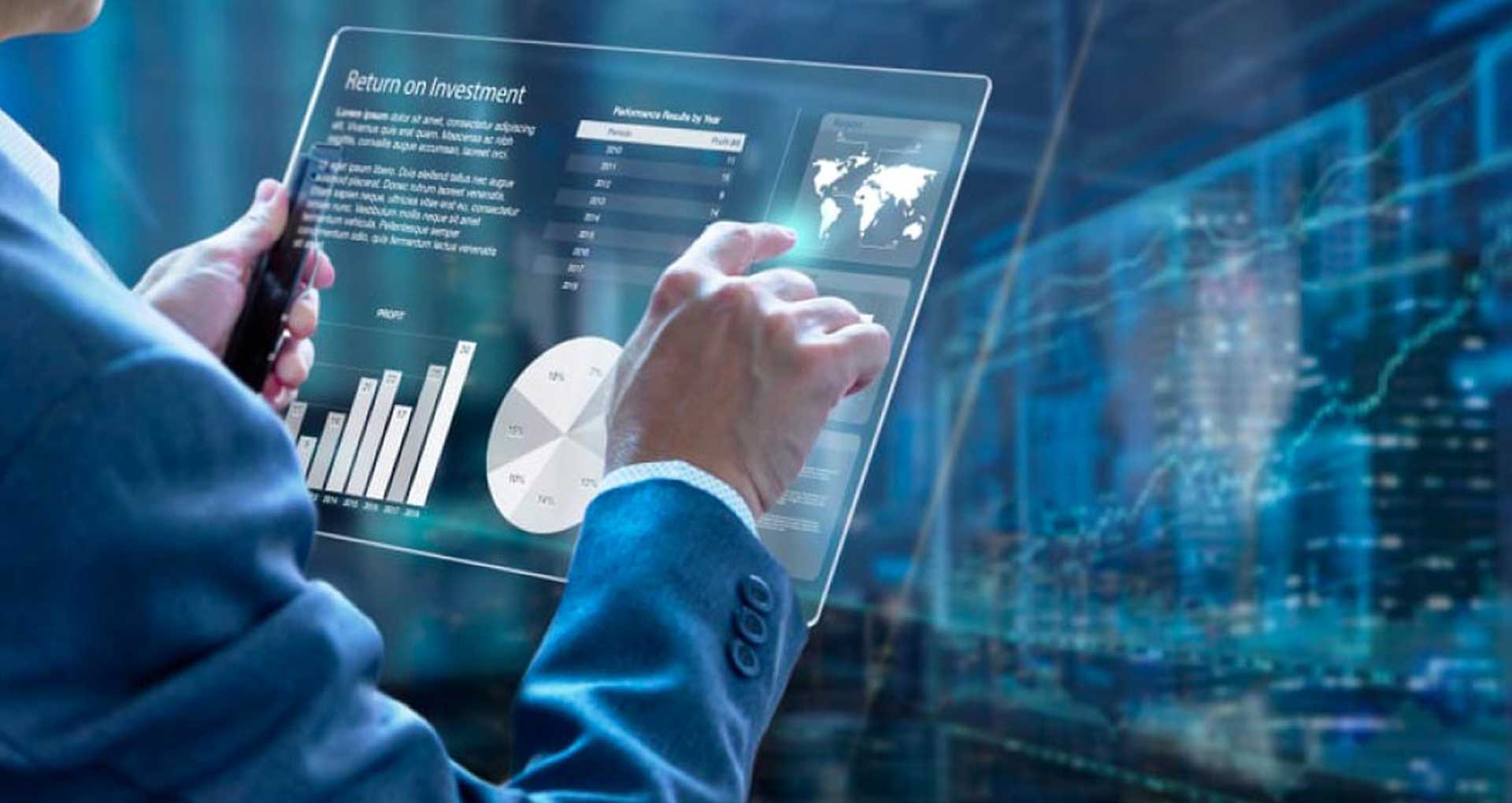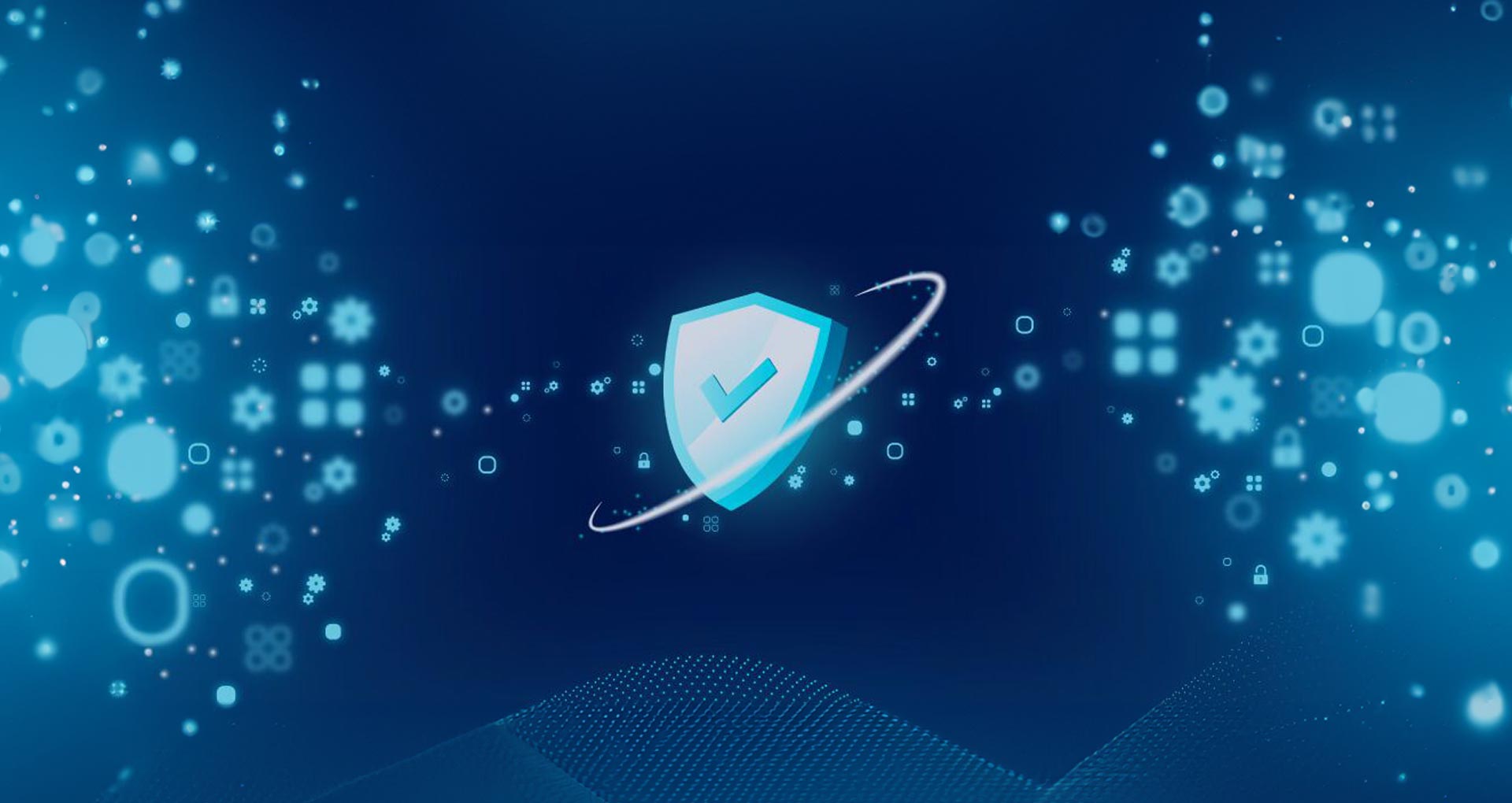Over the years, data analytics has evolved from diagnostics to predictive to prescriptive, and the next major paradigm is more likely to be geared toward cognitive analytics. It aims to harness the power of high-performance processors and artificial intelligence algorithms to reveal complex patterns hidden in massive volumes of data. In fact, the cognitive analytics market is expected to grow from USD 6.89 billion to USD 42.23[1] billion by 2032, growing at an annual growth rate of 29.6% with growing demand for AI solutions. The blog explores why businesses should tap into cognitive data analytics, business outcomes, along with real-world use cases.
What is Cognitive Analytics?
Cognitive analytics is an intelligent technology that combines artificial intelligence, deep learning neural networks, machine learning, and Natural Language Processing (NLP) to simulate human sense processing. It applies these technologies to process large volumes of structured and unstructured data from diverse sources and recognizes complex patterns using algorithms for insights, decision-making, and context-based hypotheses.
Cognitive computing goes beyond traditional analytics tools to leverage techniques such as pattern recognition, natural language, and “human sense” processing to simulate human thought processing. As demand for real-time decision-support systems in business decision-making intensifies, cognitive analytics has moved to the forefront in high-stakes sectors such as healthcare, financial services, supply chain, and cyber security.
How Does Cognitive Analytics Work?
It is used to bridge the important gap between large volumes of information and the need to make decisions in real-time. Cognitive analytics uses various technologies like ML, NLP, and others, its process follows an organized pattern common sequence:
Data Collection
It runs a search across the entire knowledge base of structured and unstructured data that is gathered from complex and diverse data sources such as IoT, sensors, equipment, and others to navigate real-time data.
Data Preparation
The data, once collected, needs to be cleansed, organized, and prepared for analysis. This step ensures that data is in a format that is suitable for processing and also involves accumulating and integrating the data with existing or historical data.
Data Engineering
The next step involves data engineering using AI and ML algorithms to identify patterns, correlations, and anomalies if there is any error in the data. New variables and features are created within the data to enhance its quality and relevance.
Cognitive Model Selection
An appropriate cognitive analytics model is chosen depending on the nature of the problem. This could involve machine learning algorithms, deep learning networks, or natural language processing techniques.
Cognitive Model Training
The next step is to train the selected cognitive data analysis model using the gathered data. The cognitive model learns the patterns and contextual relationships within the data, allowing it to make predictions or generate insights.
Cognitive Model Evaluation and Deployment
Next, it’s time to evaluate algorithm’s performance using a new dataset. This helps ensure the model is accurate and can generalize well to new, unseen data. If it is found to be performing well, it is deployed into a production environment, and the model is available to users so that they can use it to generate insights from their data in real-time.
Cognitive analytics system’s self-learning capability is one of its core elements and as it processes more data, it refines its algorithms, becoming more accurate and efficient over time. Cognitive analytics systems follow this process to uncover valuable patterns, generate insights, and assist in making data-driven decisions across various domains and industries.
Why Was Cognitive Analytics Adopted?
A major reason for adopting cognitive data analytics was enterprises’ difficulty and challenges to deal with traditional data analytics tools. These tools and their involved methods were restricted in their ability to process complex and unstructured data, identify patterns and trends that are invisible to the human eye, automate manual tasks, and provide insights in real-time.
Moreover, creating algorithms to search through and process vast amounts of structured and unstructured data required a mandatory methodology apart from significant investment in resources and infrastructure, enterprises began to use cognitive computing data analytics to bridge machine learning and data mining.
Thus, among the major reasons why organizations are turning to cognitive analytics is its ability to analyze emerging patterns, spot business opportunities and handle critical process-centric issues – all in real time. It helps enable personalized recommendations, reduce business costs and streamline workflows.
Business Outcomes from Cognitive Data Analytics
Cognitive analytics pushes the boundaries of traditional business practices and allows businesses to leverage a range of capabilities to unlock value from a range of data sources, both structured and unstructured. Here are some of the areas where early adopters are using cognitive data analytics’ capabilities to accelerate business outcomes, from increased customer engagement to improved productivity and efficiency to rapid business growth.

Customer Engagement
Cognitive analytics allows you to better understand your customers and their needs to deliver experiences tailored to their specific needs. As a result of offering personalized product recommendations, tailored marketing messages, and or responding quickly to resolve customer issues, customers show higher engagement and loyalty – which are key to long-term business growth.
Customer Acquisition
Businesses can leverage cognitive data analysis to add intelligence to the growing volume and velocity of data on customer behavior, demographics, and purchase history. The ability to quickly probe volumes of data to find actionable insights through reasoning, predicting, and providing recommendations can speed up discovery and help boost decision-making to reach and acquire customers.
Another significant positive impact of cognitive analytics is real-time visibility and intelligence, as it greatly changes the strategic conversations that the sales and marketing teams have about the prospects and customers. The sales approach shifts from taking a historical view or making decisions based on assumption to one that is focused on proactively monitoring the market. Cognitive analytics can significantly help companies improve customer experience by identifying customer needs, translating into higher engagement and acquisitions.
Improve Productivity and Efficiency
Cognitive analytics combines several intelligent technologies such as cognitive computing, AI, ML, NLP, and deep learning to automate and apply human-like intelligence to routine and time-consuming tasks. With its self-learning capabilities to draw futuristic inferences and insights from existing data and patterns to get smarter and more effective over-time by learning from its interactions with data and humans. It can be used to optimize efficiency across operations in business, from supply chain, sales processes to customer service operations. This leads to significant improvements in productivity and efficiency.
Risk Management
Cognitive analytics allows businesses to combine data across public and private content, such as financial reports, forecasts, ratings, and financial histories, with in-house subject matter expertise to generate breakthrough approaches to assess, manage and price risk.
This enables sectors, especially those that are data-intense such as financial institutions, to identify and assess wide range of risks, including financial risks, operational risks, and strategic risks. Using cognitive computing and machine learning technologies, cognitive analytics can even predict the likelihood and potential impact of these risks to the business in today’s volatile risk landscape. Cognitive analytics can then render insights, risk mitigation strategies and data-driven recommendations far faster than humans can do to reduce the risk exposure of the business. It thus helps financial institutions increase market agility to meet risks, improve security and compliance while reducing risks.
Business Growth
Cognitive analytics enables businesses to identify trends, patterns, and correlations that enable better decision-making and planning. It helps analyze and identify different customer segments based on their demographics, preferences, and behaviors, which helps develop targeted marketing campaigns, products, and services. Armed with a better understanding of the needs of individual customers, companies can create personalized customer experiences and, identify unmet needs new opportunities and develop new products or services. Thus, with cognitive analytics, businesses can do more than improve productivity.
Cognitive Analytics Use Cases
We have already covered the depth and breadth of cognitive analytics; let us walk you through real-life use cases and examples to understand the benefits of implementing cognitive computing efficiently.
Banking & Finance
In the banking and finance sector, including banks, insurance providers, financial intelligence units, and credit agencies, companies commonly use cognitive analytics in key areas such as,
- Fraud Detection and Prevention: Cognitive Analytics helps analyze large volumes of transaction data in real-time to identify and detect transactions that may indicate fraudulent activities. According to a study by Juniper Research, AI-enabled fraud detection and prevention spending will likely exceed $10 billion in 2027. Financial companies use cognitive data analytics to use predictive analysis of individual behavior, medical history, spending patterns
- Risk Assessment: Cognitive analytics helps banks and credit institutions make better lending decisions and reduce risk exposure. By utilizing machine learning algorithms, banking and finance sector companies can reduce their exposure to risks and evaluate patterns to find indicators of known and unknown risks and This enables banking and financial sector companies to make more informed decisions about credit risk management.
Healthcare
One of the most significant uses of cognitive analytics in healthcare is the ability to provide better patient care. Other common use cases include drug discovery and disease diagnosis.
- Disease Diagnosis: Cognitive data analytics analyzes large volumes of data from diverse sources, such as patient medical history, imaging scans, clinician notes, and others, so doctors can offer detailed and accurate diagnoses. Moreover, cognitive analytics employs predictive modeling to forecast disease progression and patient outcomes. This proactive approach allows healthcare providers to intervene early, improving patient care and potentially saving lives.
- Personalized Treatment: Cognitive analytics can be used to analyze large datasets of patient data, including medical history, genetic data, and lifestyle data, to assist in creating individualized treatment plans and thereby enhance the patient and physician experience. For example, if someone has cancer, cognitive analytics can study their tumor DNA to find specific mutations and suggest the most effective treatment. It also means avoiding treatments that might not work or could be harmful and reducing unnecessary costs.
Retail
To track the customer’s behavior, expectations and experiences cognitive technologies is transforming the retail sector for both online and offline establishments.
- Personalized Shopping Journeys: Using techniques like machine learning, NLP, speech recognition, cognitive data analytics can be used to enable retailers to create hyper relevant shopping journeys for better experience and revenue. By analyzing customer data, such as purchase history, browsing behavior, and social media activity, cognitive analytics platforms can enable online retailers to offer personalized product recommendations and targeted marketing. This can help boost sales and enhance user engagement.
- Optimizing Inventory Management: Cognitive data analytics analyzes historical sales data, demand patterns, lead times, and market trends to predict demand for individual products. It allows retailers to anticipate and respond to trends better and leverage timely insights, thus enabling a shift from a reactive mindset to a proactive and even a prescriptive mindset. Cognitive analytics enables retailers to forecast demand accurately, ensuring that they maintain optimal inventory levels, thus minimizing costs related to excessive inventory or stockouts.
Real-Life Examples of Cognitive Analytics
Let’s have a look at cognitive analytics examples of industry players who have early adopted and implemented it successfully leverage its capabilities.
KPMG
KPMG uses AI-driven azure cognitive services to forecast financial trends, identify potential risks, and optimize strategies for growth. Apart from using AI-powered audit tools to improve audit process’s efficiency, it used cognitive analytics for risk management and automated tax compliance[2].
Royal Bank of Canada
RBC, Canada’s largest bank, leverages AI, ML and cognitive analytics through NOMI Forecast to enhance client’s experience and enable them to safely manage their money[3]. Powered by AI models, the app uses deep learning and cognitive analytics to deliver personalized insights for RBC clients. In addition to the award-winning Nomi Forecast, RBC also offers a suite if cutting-edge AI solutions including NOMI Insights, NOMI Budgets and NOMI Find & Save.
Subtle Medical
Subtle Medical leverages feature cutting-edge deep learning algorithms that improve the efficiency of image acquisition while elevating the patient experience[4]. The use of cognitive analytics enables up to 60% faster PET and MRI scan times, drastically improving the hospitals’ productivity.
USAA Financial Services
As an early adopter of AI, USAA uses cognitive analytics to find patterns that indicate major life events and designs end-to-end service offerings around these major life events[5]. It further uses MLOps to increase automation and curate personalized experiences for customers.
How Rishabh Software Can Help with Cognitive Analytics?
Rishabh Software offers cognitive analytics consulting to enable businesses to build intelligent AI solutions that accelerate digital transformation. We take pride in providing result-oriented cognitive data analytics services that leverage the latest in AI, ML, NLP, cognitive computing to fulfill your business needs. As a Microsoft Solutions Partner, we offer your business easy access to the latest cognitive computing tools within the Microsoft ecosystem through our cognitive data analytics offerings.
Our team of highly skilled and experienced AI engineers offer data engineering services to help you transform data into actionable analytics. We have a proven track record of offering AI-powered data analytics solutions that use ML and deep learning algorithms. We have successfully served diverse sectors such as Healthcare, life science, fintech, and manufacturing.
Frequently Asked Questions
Q: How to Adopt Cognitive Analytics?
A: To adopt cognitive analytics successfully, businesses can follow a structured approach:
- Define Your Objectives: Determine what your end goal is, such as offering your customers exclusive service, enhancing their decision-making or making informed decisions, i.e. price reduction.
- Assess Your Data: Evaluate your data: Understand the type of data you possess – structured or unstructured. Clean, well-organized data is essential. Different tools are suited for specific data types, so knowing your data’s characteristics helps in choosing suitable analytics tools
- Select the Right Tools: Choose appropriate tools: Once you’ve defined your goals and assessed your data, select cognitive analytics tools aligned with your objectives. There are various options available, so compare functionalities and select tools that fit your needs and budget.
- Prepare and Develop: Prepare your data: Clean, organize, and convert your data for compatibility with the chosen tools. Then, develop cognitive analytics models using this prepared data. These models learn from your data, enabling predictions and insightful analysis.
- Deployment and Integration: Deploy your models: Integrate the developed models into your existing systems and processes. This step is crucial for utilizing your models effectively. Deployed models analyze data, providing valuable insights for informed decision-making.
- Monitor and Improve: Monitor model performance: Regularly monitor your deployed models to ensure they are accurate and effective. If necessary, make improvements by retraining models with new data or adjusting parameters. Continuous monitoring ensures your models remain reliable and relevant.
Q: What are the Challenges of Using Cognitive Analytics?
A: Cognitive analytics, while promising transformative insights, faces several challenges that organizations must navigate:
- Data Challenges: Cognitive analytics demands substantial, high-quality data. Inaccurate or insufficient data can lead to flawed results. Maintaining data security, especially given the vast amount of information handled, requires robust encryption and strategic planning to prevent breaches.
- Adoption Hurdles: Like many innovative technologies, cognitive analytics encounters adoption difficulties. A comprehensive, long-term plan involving collaboration with stakeholders, including organizations, developers, government bodies, and individuals, is essential for a smooth adoption process.
- Meticulous Training: The meticulous training required for cognitive systems poses challenges. Its slow, intricate training process and the need for every employee to undergo training can be expensive and time-consuming, hindering swift adoption within organizations.
- Long Development Cycles: Tailoring cognitive solutions to specific scenarios takes time. Current solutions are often generalized, requiring specialized development teams and significant time investments. This extended development cycle presents challenges, particularly for smaller companies implementing bespoke cognitive systems.
- Change Management: Cognitive systems’ ability to learn, akin to human learning, creates unique challenges in change management. Human resistance to change, amplified by the fear of machines replacing human roles, necessitates careful balance in human-machine interaction for widespread acceptance.
Q: How Does Cognitive Analytics Differ from Traditional Data Analytics?
A: Cognitive analytics sets itself apart from traditional data analytics in several ways:
Handling Unstructured Data
- Traditional Analytics: Focuses on structured data from databases and spreadsheets.
- Cognitive Analytics: Analyzes structured and unstructured data like text, images, and audio using AI and ML, making it more versatile in data analysis.
Detecting Complex Patterns
- Traditional Analytics: Limited in identifying intricate patterns and trends in data.
- Cognitive Analytics: Utilizes AI and ML to uncover subtle and complex patterns that are often challenging for traditional tools. It continuously learns, enhancing its ability to detect nuanced trends over time.
Generating Insights and Predictions:
- Traditional Analytics: Focuses on data analysis alone.
- Cognitive Analytics: Goes beyond analysis, generating insights and predictions. By understanding relationships between different data points and predicting future outcomes, it enables organizations to make more informed decisions and improve performance.
Q: Top Cognitive Analytics Tools
A: Here are some of the top cognitive analytics tools, categorized by the type of NLP they use:
Statistical NLP
- Apache Lucene Core
- GPText
Deep-learning NLP
- SyntaxNet
- Parsey McParseface
- TensorFlow
Rule-based NLP
- OpenNLP
- GATE
Other cognitive analytics tools
- Microsoft Cortona
- Apple’s Siri
- IBM Watson
- NuPIC
- OpenCV
- ImageJ
- Praat
- OpenSMILE
Although the choice of cognitive analytics tool depends on your specific needs and requirements, OpenNLP and GATE are two of the most popular open-source NLP tools.
Footnotes:
1. https://www.fortunebusinessinsights.com/cognitive-analytics-market-108564
3. https://internationalbanker.com/banking/cognitive-intelligence-underpins-the-future-of-banking/











 30 Min
30 Min


